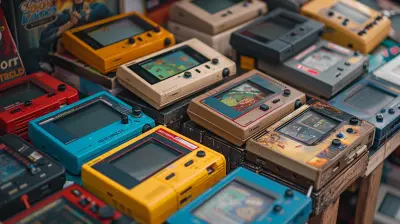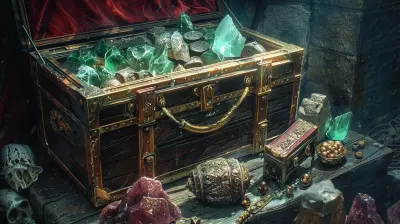Card Games for Kids: Fun Learning and Development
24 April 2025
Card games have been a part of family traditions for generations. From lazy Sunday afternoons to competitive game nights, they're a fantastic way to bond, laugh, and—here’s the fun twist—help kids learn. Yep, card games aren't just about entertainment; they can help children develop essential skills while having a blast. Whether you’re a parent, teacher, or playful soul looking for something engaging, this article will dive into why card games are so impactful and share some great options to get started.
So, shuffle those decks, deal out some cards, and let’s explore how something so simple can deliver big benefits.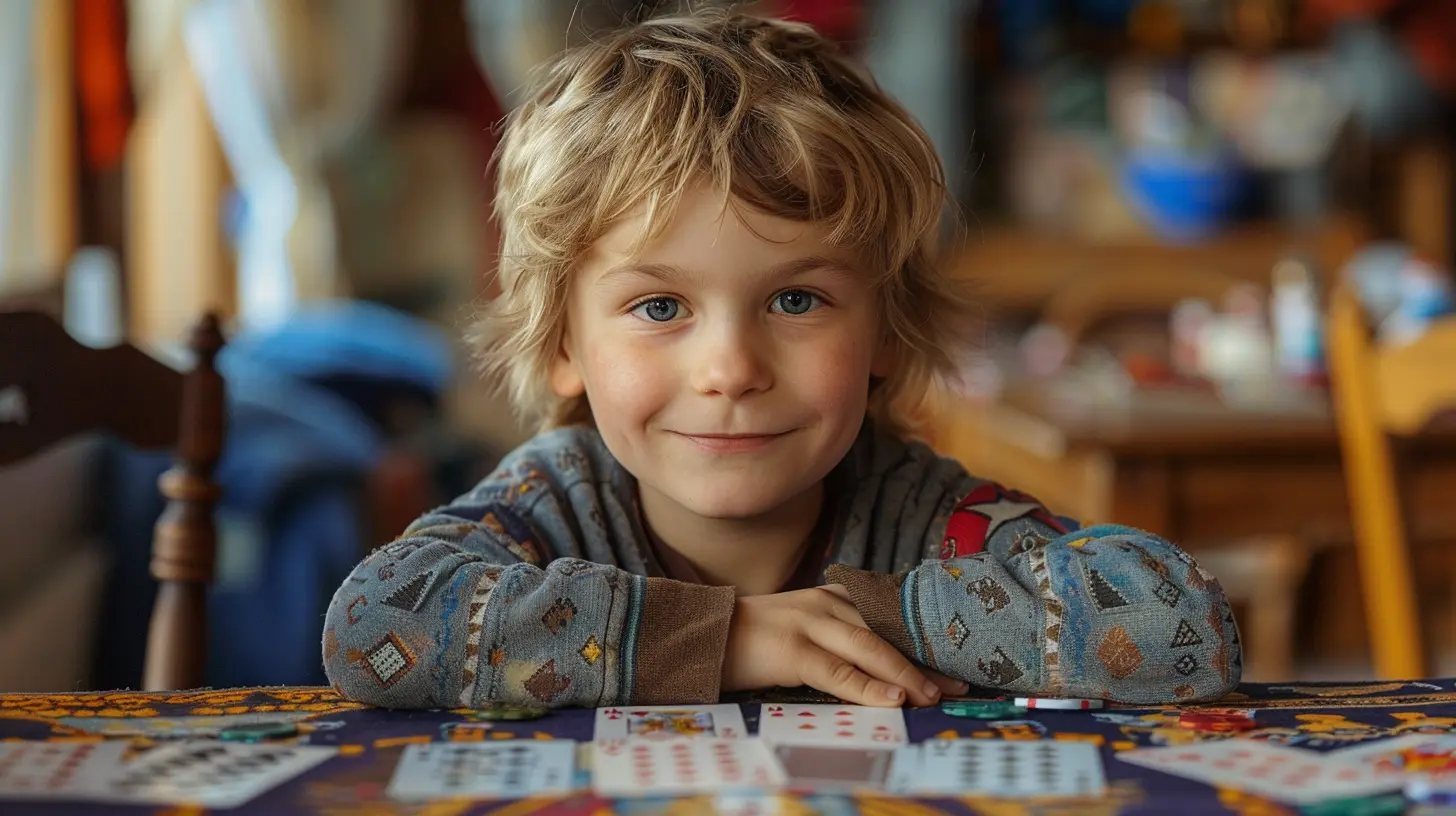
Why Card Games Are Great for Kids
Before we get to the specific games, let’s talk about why card games are a home-run idea for kids. Think about it—card games are portable, affordable, and require minimal setup. Beyond the convenience, they pack serious educational and developmental value. Here’s how they help kids:1. Critical Thinking and Problem-Solving
Card games teach kids to strategize, anticipate outcomes, and plan their moves. They learn to think ahead and evaluate different scenarios, much like a chess player contemplating their next move (but, you know, without the stiff vibe).2. Improved Math Skills
Math skills? Yep, basic arithmetic sneaks into many card games. Adding, subtracting, counting, comparing numbers—it’s hidden math practice without feeling like a boring worksheet. Kids won't even realize they're learning while trying to beat their sibling in UNO!3. Social Skills and Teamwork
Card games often involve working with others, whether it's following rules, taking turns, or cooperating in teams. Let’s be honest, the occasional squabble over who cheated adds a real-life touch to conflict resolution too.4. Focus and Concentration
In a world full of distractions (I see you, tablets and TikTok), card games demand kids’ full attention. They have to stay focused, remember the rules, and keep track of their cards. It's like a mental workout disguised as fun.5. Hand-Eye Coordination
Whether they’re flipping cards, holding them in a fan, or quickly laying down their winning card, kids practice fine motor skills during a game. It’s sneaky development at its finest.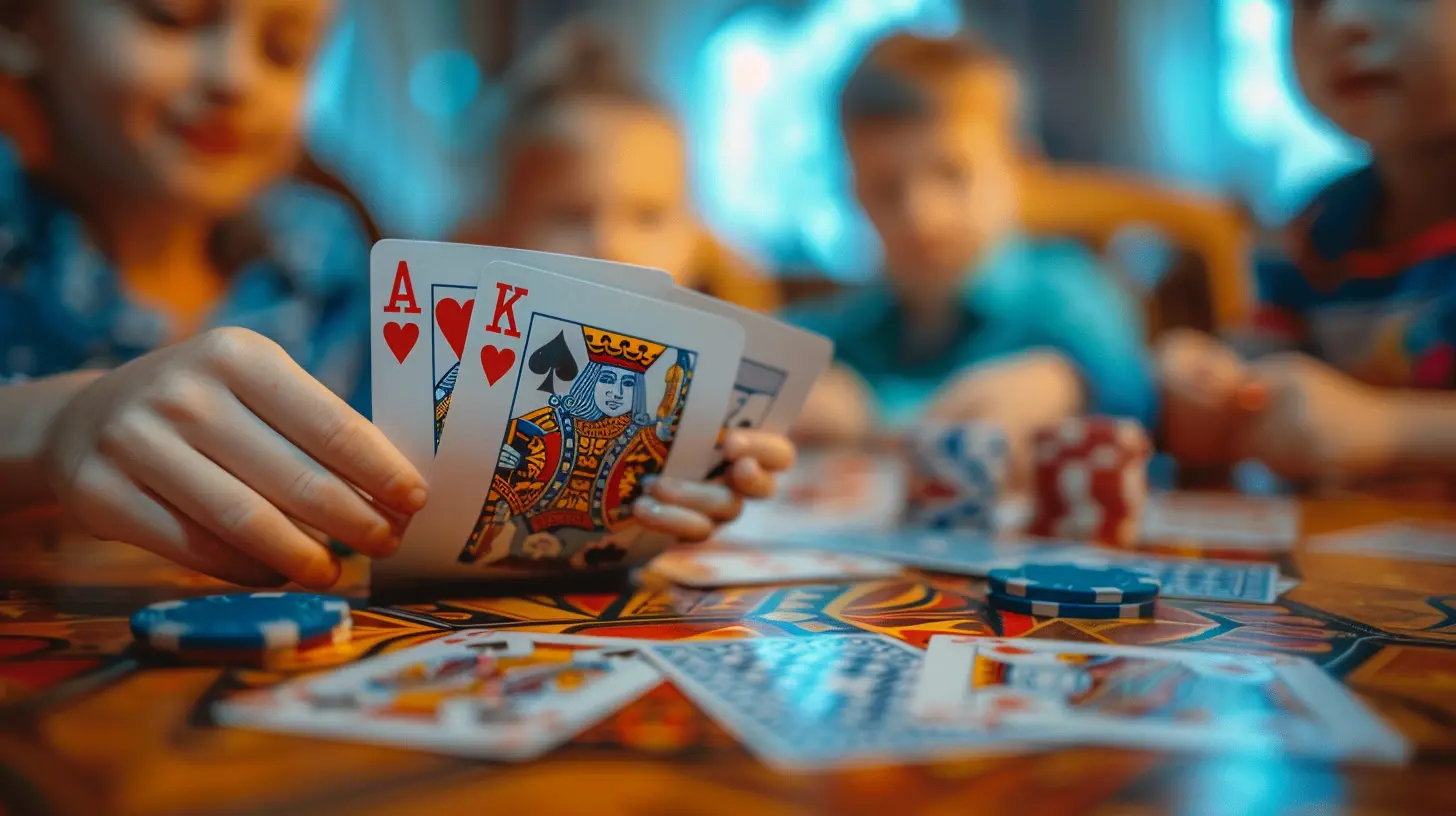
Fun Card Games for Kids
Now to the good stuff—games your kids will love! Here’s a mix of classic and modern card games that cater to different age groups and skill levels.1. Go Fish
Ah, the timeless classic. Go Fish is perfect for younger kids and super simple to pick up. The objective? Collect matching sets of cards by asking other players for specific ones. It’s not just fun, but also a great way to enhance memory and social interactions.- Age Range: 4+
- Skills Developed: Memory, pattern recognition, turn-taking
- Why It’s Awesome: It’s easy enough for preschoolers but still fun for older kids. Plus, the silly "Go Fish!" line always brings giggles.
2. UNO
If you haven’t played UNO, are you even living? This popular game is known for its wild cards, action cards, and the ultimate revenge moments when someone slaps down a +4. It’s vibrant, chaotic, and a guaranteed hit with kids.- Age Range: 6+
- Skills Developed: Color and number matching, strategic thinking
- Why It’s Awesome: It’s fast-paced and engaging while teaching quick decision-making. Plus, nothing beats the satisfaction of yelling "UNO!"
3. Old Maid
Here’s another classic that stands the test of time. The goal is straightforward: avoid being the person left holding the "Old Maid" card. Kids focus on pairing cards and dodging the unlucky one.- Age Range: 4+
- Skills Developed: Matching, memory, and social skills
- Why It’s Awesome: It’s quick to play, lighthearted, and genuinely fun for all ages.
4. Crazy Eights
Think of Crazy Eights as UNO’s grandparent. Players work to get rid of their cards by matching the number or suit of the card on top of the pile. Oh, and don’t forget those wildcard eights—they’re game changers.- Age Range: 6+
- Skills Developed: Logical thinking, pattern recognition
- Why It’s Awesome: It’s easy to learn but allows for light strategy, making kids feel clever when they make a good move.
5. Snap
Snap is as simple as it gets: If two matching cards pop up, slap your hand on the pile and yell "Snap!" It’s a reflex- and speed-based game that generates lots of laughs (and sometimes friendly arguments over who slapped first).- Age Range: 3+
- Skills Developed: Observation, reaction time
- Why It’s Awesome: It’s loud, high-energy, and perfect for younger kids with shorter attention spans.
6. Memory (a.k.a. Concentration)
This one doubles as a card game and a brain workout. Lay out a deck facedown and take turns flipping two cards to find matching pairs. Sounds easy? Wait until you've got 52 cards in play!- Age Range: 3+
- Skills Developed: Memory, focus, patience
- Why It’s Awesome: It scales easily—use fewer cards for younger kids or step it up for older ones.
7. Slapjack
This one’s wild, fast-paced, and perfect for kids who love active games. The goal is to win all the cards by slapping the pile whenever a Jack appears. Spoiler alert: Be ready to have some sore hands.- Age Range: 6+
- Skills Developed: Hand-eye coordination, reflexes
- Why It’s Awesome: It’s thrilling and silly—a winning combo for kids.
8. Rat-a-Tat Cat
Rat-a-Tat Cat is all about strategy and memory. Players work to get the lowest score possible by swapping, peeking, and memorizing cards. It’s a bit more advanced but highly rewarding for older kids.- Age Range: 6+
- Skills Developed: Math, memory, decision-making
- Why It’s Awesome: It’s like poker for kids—without the gambling, of course!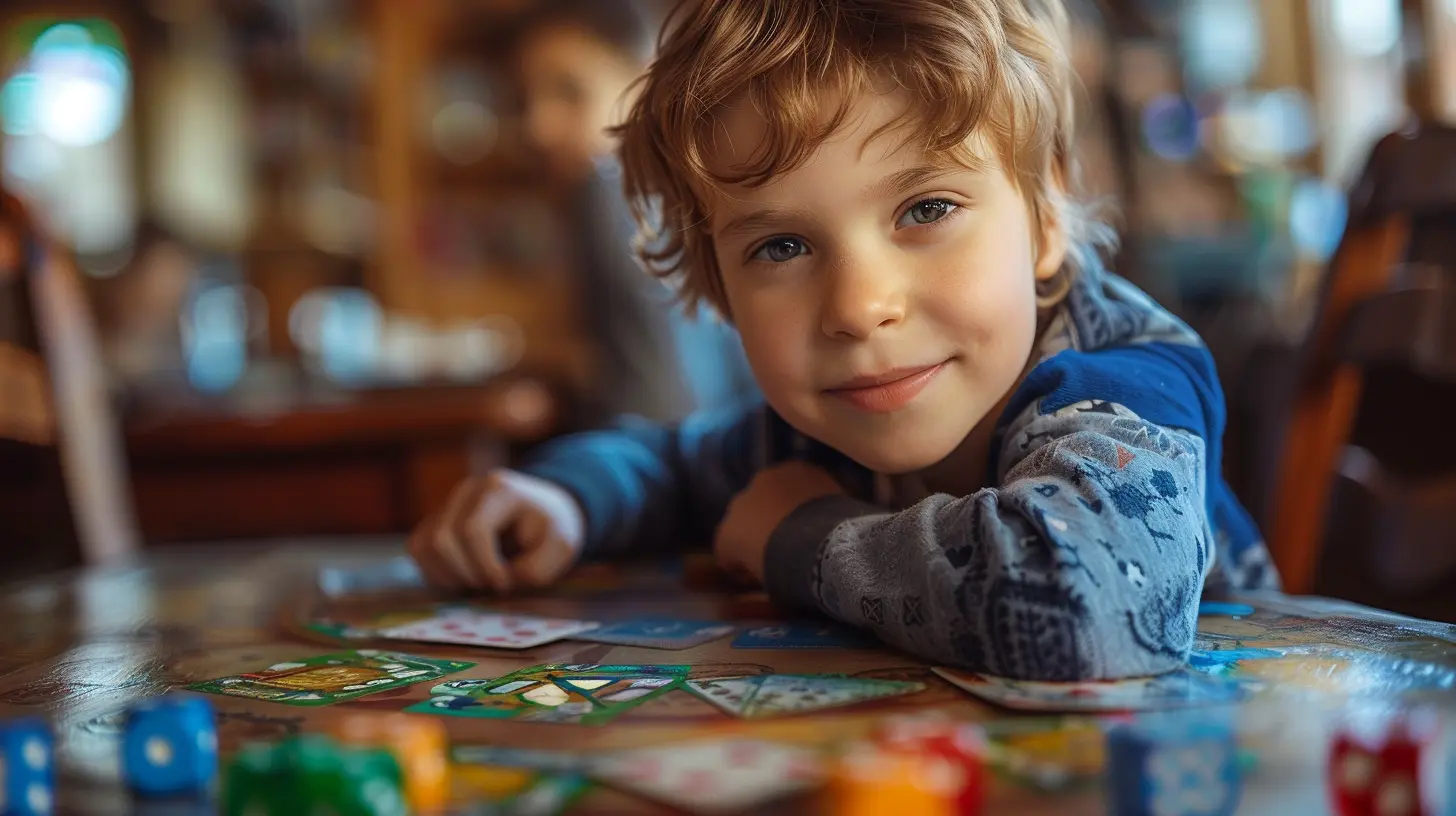
DIY Card Games for a Creative Twist
Not ready to buy another game? No problem! You can make your own card games using a standard deck of playing cards or even create custom cards with markers and paper. Here are some DIY ideas:1. Addition War
This one’s a math twist on the classic War game. Each player flips two cards, adds them together, and the highest total wins. It’s sneaky math practice wrapped in fun competition.2. Alphabet Match
Use flashcards with letters or words for this one. Kids can match uppercase and lowercase letters or work to form simple words.3. Guess the Pattern
Create a sequence of numbers or colors with custom cards, and challenge kids to figure out the pattern. It’s like solving a puzzle but with cards!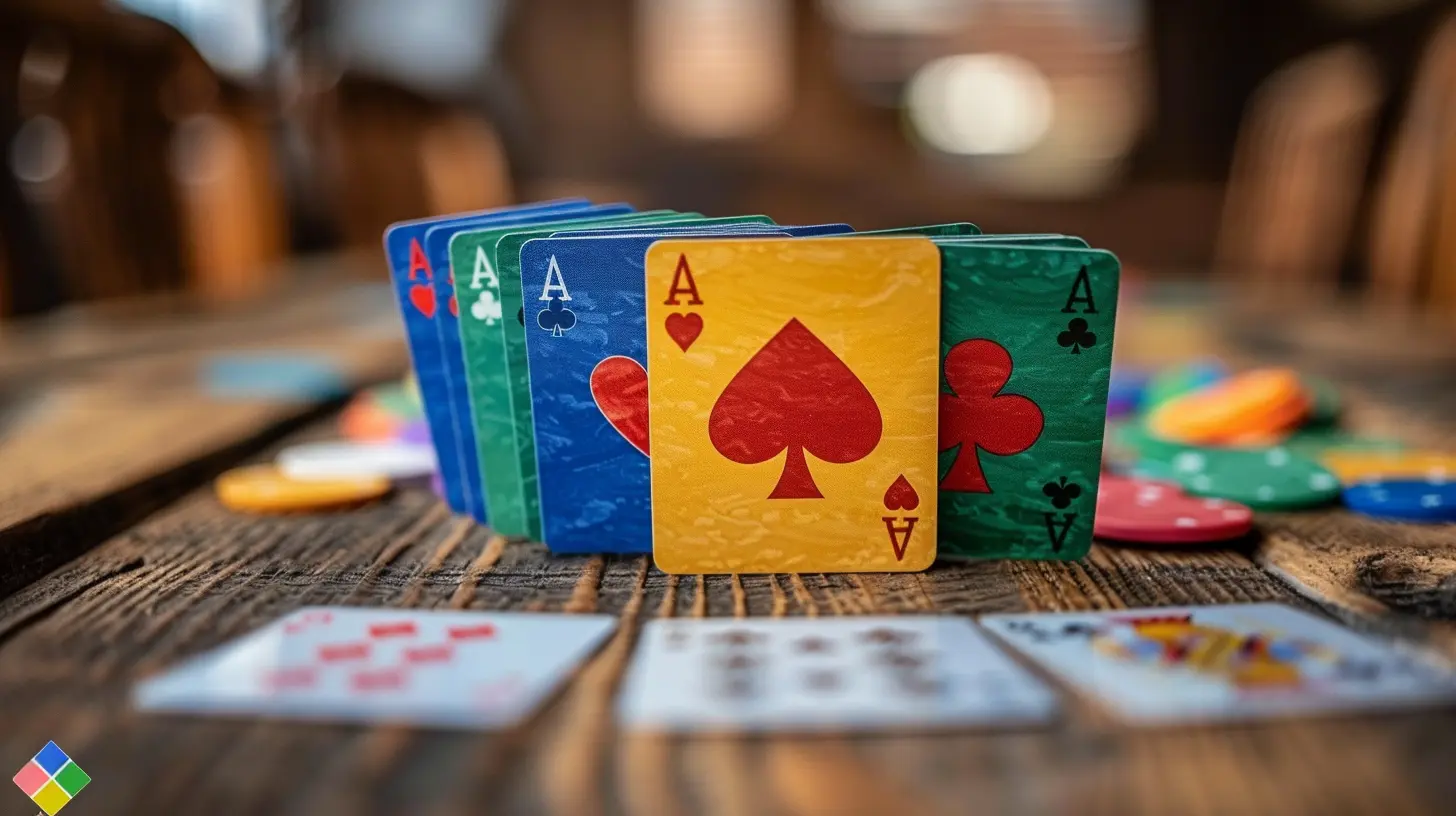
Tips for Making Card Games Even More Fun
Want to take your card game experience to the next level? Here are a few pro tips:1. Add Rewards: Who doesn’t like a little incentive? Offer small prizes or snacks for winners.
2. Change the Rules: Kids love bending rules to make games more exciting. Encourage them to come up with their own variations.
3. Theme It Up: Use themed cards (like superheroes or animals) to make games more engaging for younger kids.
4. Encourage Creativity: Let kids invent their own card games. It’s a great way to nurture creativity and logical thinking.
Final Thoughts
Card games are the ultimate underdog in the world of kids' activities. They’re simple, portable, and budget-friendly, yet they pack a punch when it comes to learning and development. From sharpening math skills to improving memory and social interactions, card games are more than just a way to pass time—they’re a tool for growth.So, whether it’s a lazy weekend or a rainy day, whip out a deck of cards. Your kids will love it—and you might just rediscover your love for these timeless games too.
all images in this post were generated using AI tools
Category:
Card GamesAuthor:

Madeleine McCaffrey
Discussion
rate this article
4 comments
Virginia McDowell
In the world of cards where laughter plays, Colorful realms invite young minds to gaze. With each shuffle and deal, wisdom unfolds, Joyful learning in stories untold. In playful hands, futures ignite, Card games for kids, a pure delight!
May 15, 2025 at 4:42 AM

Madeleine McCaffrey
Thank you for your wonderful poem! It perfectly captures the joy and learning potential that card games offer to children.
Shania McKittrick
Great article! Card games are a fantastic way for kids to learn and develop skills!
April 29, 2025 at 5:13 AM

Madeleine McCaffrey
Thank you! I’m glad you enjoyed the article and recognize the benefits of card games for kids!
Faelith McPhail
Great article! Card games are an excellent way to enhance kids' cognitive skills and social interaction. Can you suggest some specific age-appropriate games?
April 28, 2025 at 4:36 AM

Madeleine McCaffrey
Thank you! For younger kids, consider "Go Fish" and "Uno." For older kids, "Exploding Kittens" and "Sushi Go!" are excellent choices that encourage strategy and social skills.
Margaret Franco
Get ready to shuffle up some fun! 🎉 Card games aren't just for family game night—they're sneaky little tools for learning and development. Let the kids stack those cards, flex their brains, and giggle their way to genius! 🃏✨
April 27, 2025 at 4:17 PM

Madeleine McCaffrey
Absolutely! Card games are a fantastic way to combine fun with learning, helping kids build essential skills while they play. Let the games begin! 🃏🎉

